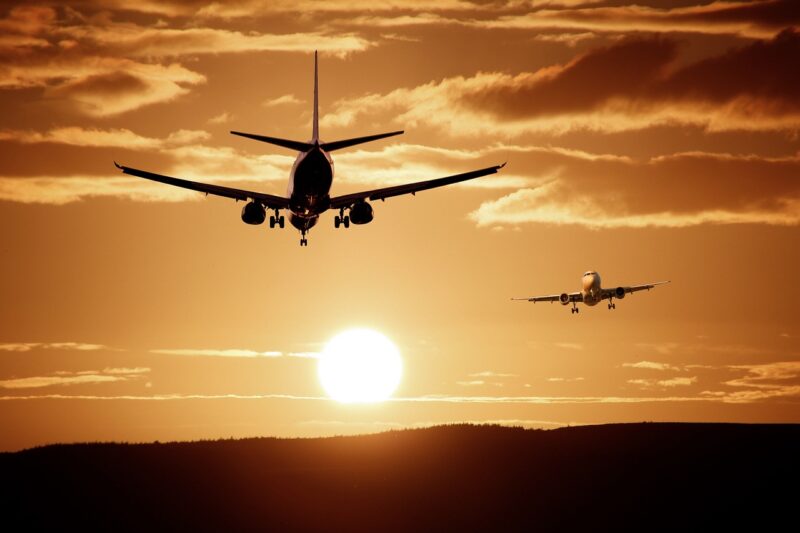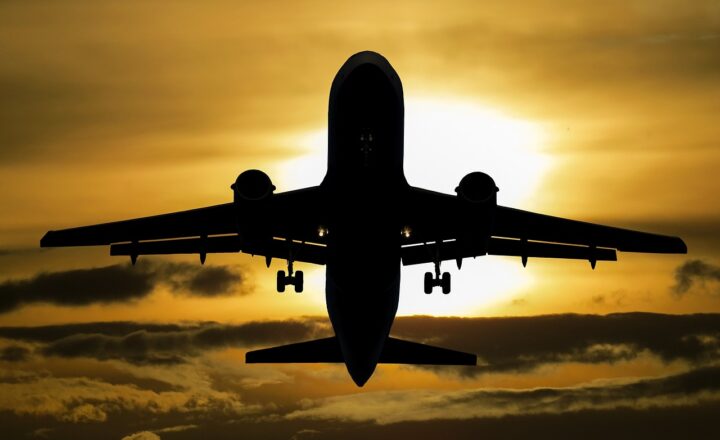Why Certain Planes Can Fly at Higher Altitudes and What It Means for Passengers
November 12, 2024

Flying at higher altitudes offers numerous benefits for both airlines and passengers, including improved fuel efficiency, reduced turbulence, and often more comfortable flying conditions. But why can certain planes ascend to these impressive heights, and what does it mean for those of us traveling aboard them? In this comprehensive guide, we’ll delve into the science behind high-altitude flying, the aircraft designed for such journeys, and the implications for passenger experience.
1. The Science of Altitude in Aviation
Understanding why certain planes can fly at higher altitudes begins with basic principles of physics and aerodynamics. Altitude refers to the height of the aircraft above sea level, typically measured in feet or meters. Airports are often located at varying altitudes; for example, Denver International Airport sits over 5,400 feet above sea level.
As planes climb higher, the atmosphere’s density decreases. This affects both aircraft performance and passenger comfort in several ways:
- Thinner Air: At higher altitudes, the air is less dense, meaning there’s less oxygen available. While passenger aircraft are equipped to handle this, the pilot must monitor oxygen levels closely to ensure a safe and comfortable flight environment.
- Temperature Drop: Temperature decreases with altitude, often reaching below freezing. Aircraft must be designed to withstand these extreme temperatures to function optimally.
- Reduced Drag: Thinner air reduces aerodynamic drag on airplanes, allowing them to fly more efficiently. This results in less fuel consumption and lower operational costs for airlines.
The peculiarities of flying at higher altitudes often dictate the aircraft models that airlines use for various routes.
2. Aircraft Designed for High-Altitude Flight
Not all aircraft are created equal when it comes to altitude capabilities. Different models are engineered for various altitudes based on their intended use:
- Commercial Jets: Planes like the Boeing 747 and the Airbus A380 can reach cruising altitudes around 35,000 to 40,000 feet. These planes are optimized for long-distance travel, maximizing aerodynamics to provide a smoother flight experience.
- Business Jets: Aircraft like the Bombardier Global 7500 can fly up to 51,000 feet, catering to a niche market of business travelers looking for efficiency and speed. These jets use advanced materials and technologies to maintain cabin comfort in thin air.
- Military Aircraft: Fighter jets like the Lockheed Martin F-22 Raptor can fly even higher than commercial planes, reaching altitudes of 65,000 feet or more. This capability is crucial for performing specific military operations and avoiding radar detection.
The design differences often boil down to the engines, wings, and overall body structure, which must withstand the harsh environment of higher altitudes.
3. Benefits of High-Altitude Flight for Passengers
Flying at higher altitudes offers several noticeable advantages for passengers, from comfort to safety. Here’s how it impacts the experience:
- Decreased Turbulence: Higher altitudes are often above the thundering clouds that cause turbulence, leading to a smoother flight experience. This is especially relevant during stormy weather when surface winds can disrupt lower-altitude travel.
- Less Weather Influence: When flying at higher altitudes, planes tend to avoid many adverse weather conditions, leading to fewer flight delays and cancellations. Opting for altitude ensures a more predictable journey for airlines and passengers alike.
- Improved Fuel Efficiency: Airlines benefit from reduced fuel costs when flying at higher altitudes, which they can pass on to consumers in the form of lower ticket prices or more reliable service due to reduced operational expenses.
Passengers also tend to enjoy the scenic views that come with high-altitude flying, offering stunning vistas that can be both breathtaking and memorable.
4. Health Considerations When Flying High
While flying at higher altitudes presents advantages, health considerations should not be overlooked. The reduced air pressure also means lower oxygen levels in the cabin, which can lead to:
- Altitude Sickness: Some passengers may experience symptoms of altitude sickness, including headaches and fatigue. To mitigate this, airlines use pressurized cabins that maintain a comfortable atmosphere, typically equivalent to about 8,000 feet in altitude during flight.
- Dehydration: The air inside an airplane is considerably drier than normal, causing passengers to become dehydrated faster. Staying hydrated by drinking water can help combat feelings of tiredness during the flight.
- Increased Stress on the Body: Your body can experience added stress due to changes in pressure levels during ascent and descent. Passengers with existing health conditions should consult with healthcare providers before flying at higher altitudes to ensure they are adequately prepared.
Thus, while the joy of flying at high altitudes can provide exceptional benefits, awareness and preparedness can help in mitigating health risks.
5. Future Innovations in High-Altitude Flight
As technology progresses, airlines are exploring cutting-edge innovations aimed at enhancing high-altitude flying experiences:
- Electric and Hybrid Aircraft: New electric planes, such as the Eviation Alice, aim to reduce carbon emissions and flying costs. While these planes won’t reach impressive altitudes initially, developers are focusing on improving performance and efficiency over time.
- Improved Cabin Design: Aircraft manufacturers are also focusing on improving cabin design. This ensures improved air quality, noise reduction, and overall comfort for passengers, providing an opportunity for a more enjoyable flying experience.
- Advanced Weather Tracking Systems: Future-oriented weather tracking systems promise enhanced navigation analytics to avoid turbulent air, contributing to optimal cruising altitudes on customer routes. This technology aims to raise safety standards while ensuring passenger comfort and satisfaction.
These innovations promise to make high-altitude travel not just more efficient but also more enjoyable for travelers.
Conclusion
The ability of certain planes to fly at higher altitudes is a remarkable feat of engineering that leads to enhanced efficiency, comfort, and safety in air travel. Understanding the technology behind these high-flying aircraft can demystify the passenger experience and pave the way for a future filled with exciting innovations in aviation. As our world continues to embrace the possibilities of technology and science, the skies may soon hold even more wonders than we can imagine. Buckle up; it’s going to be an exciting ride for air travelers all over the globe!








